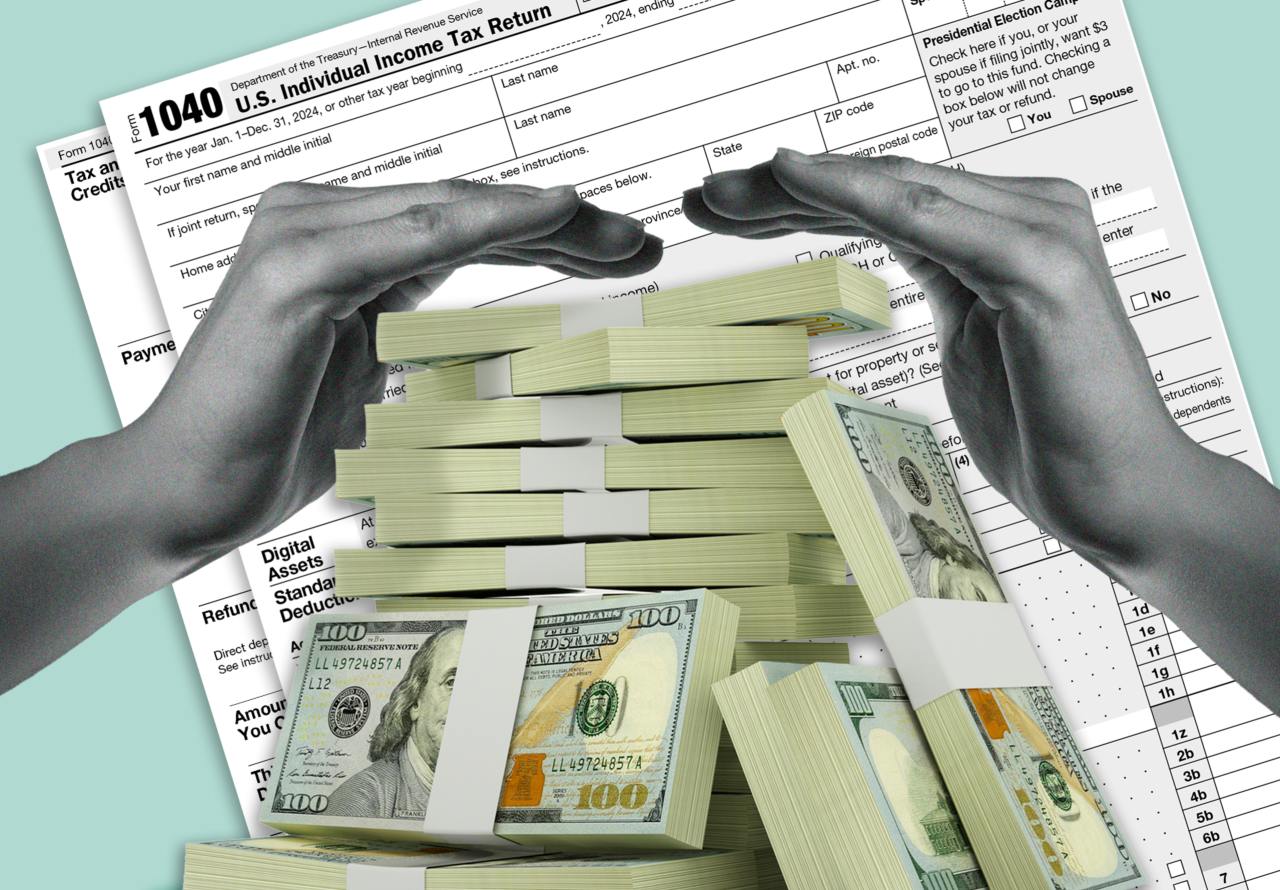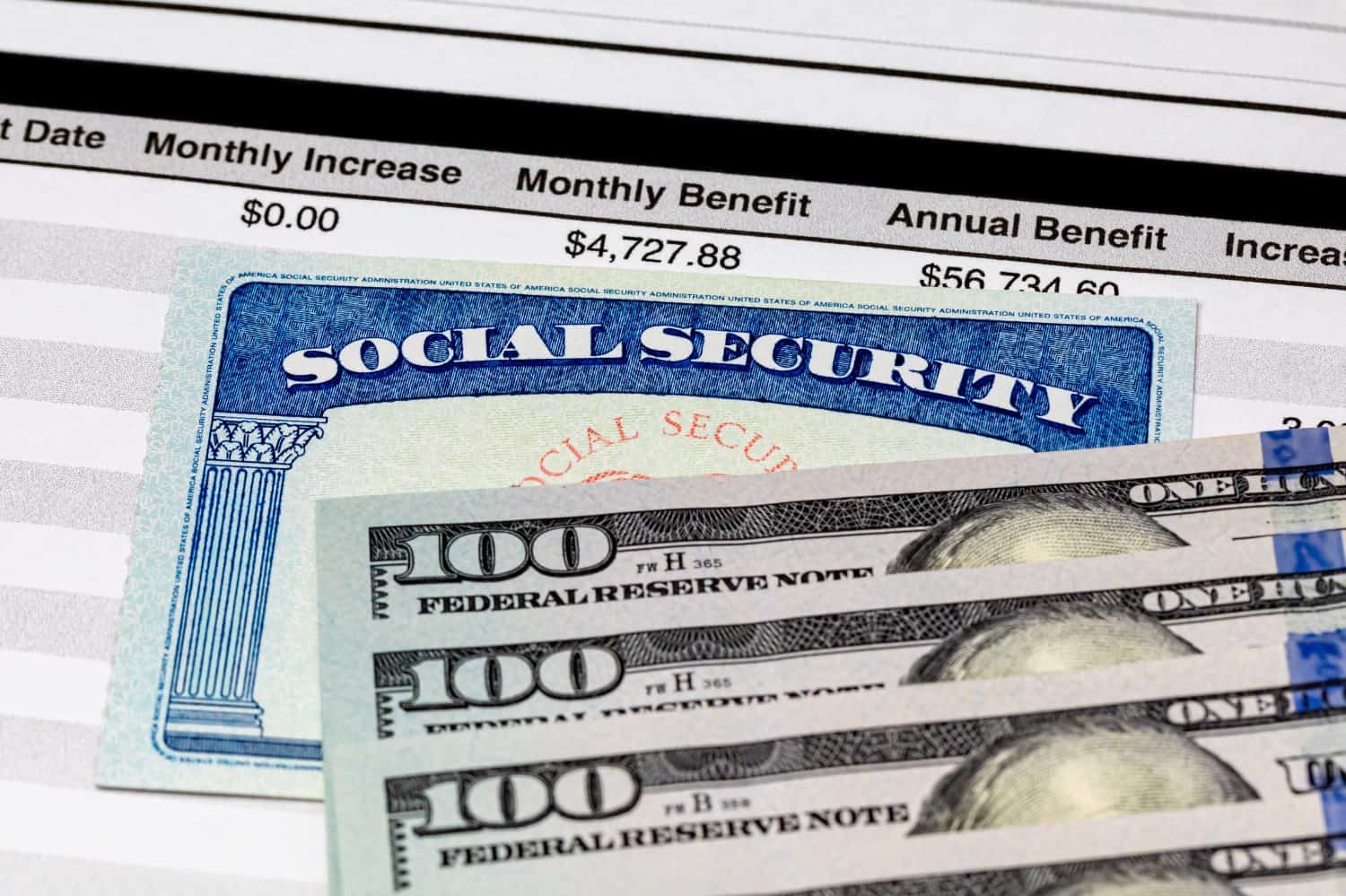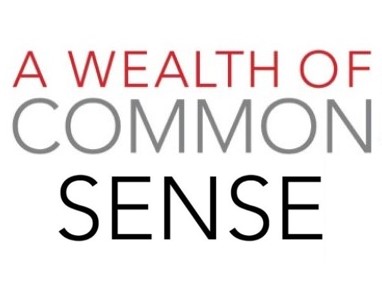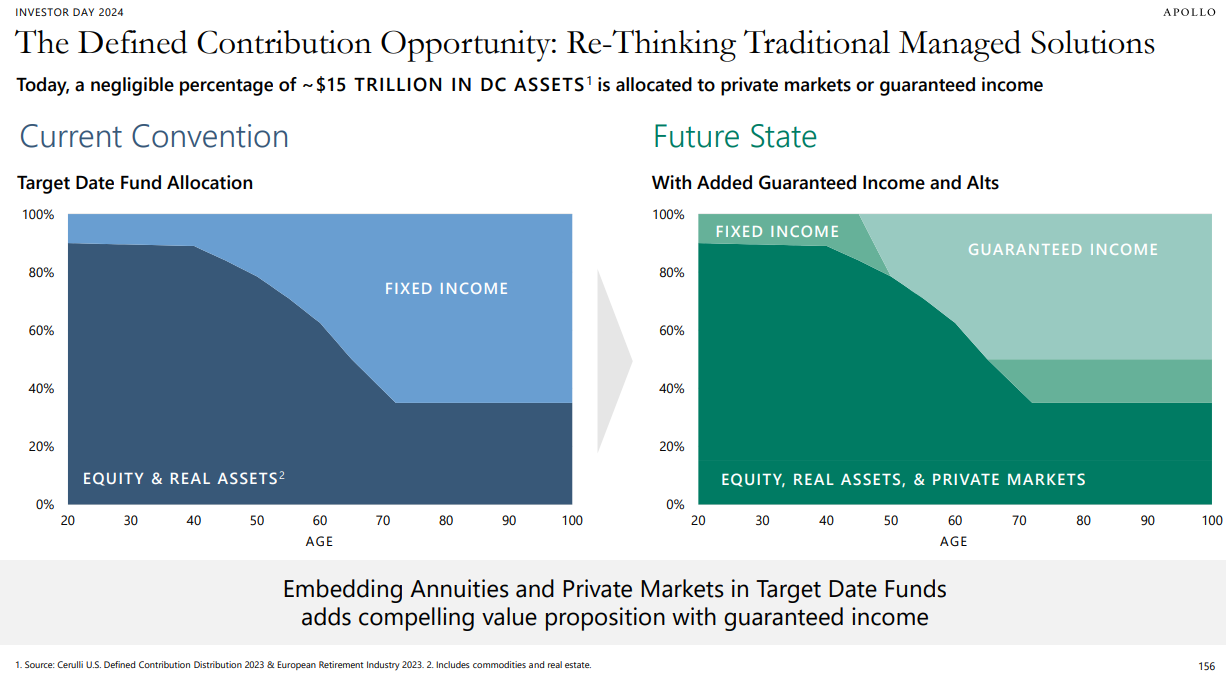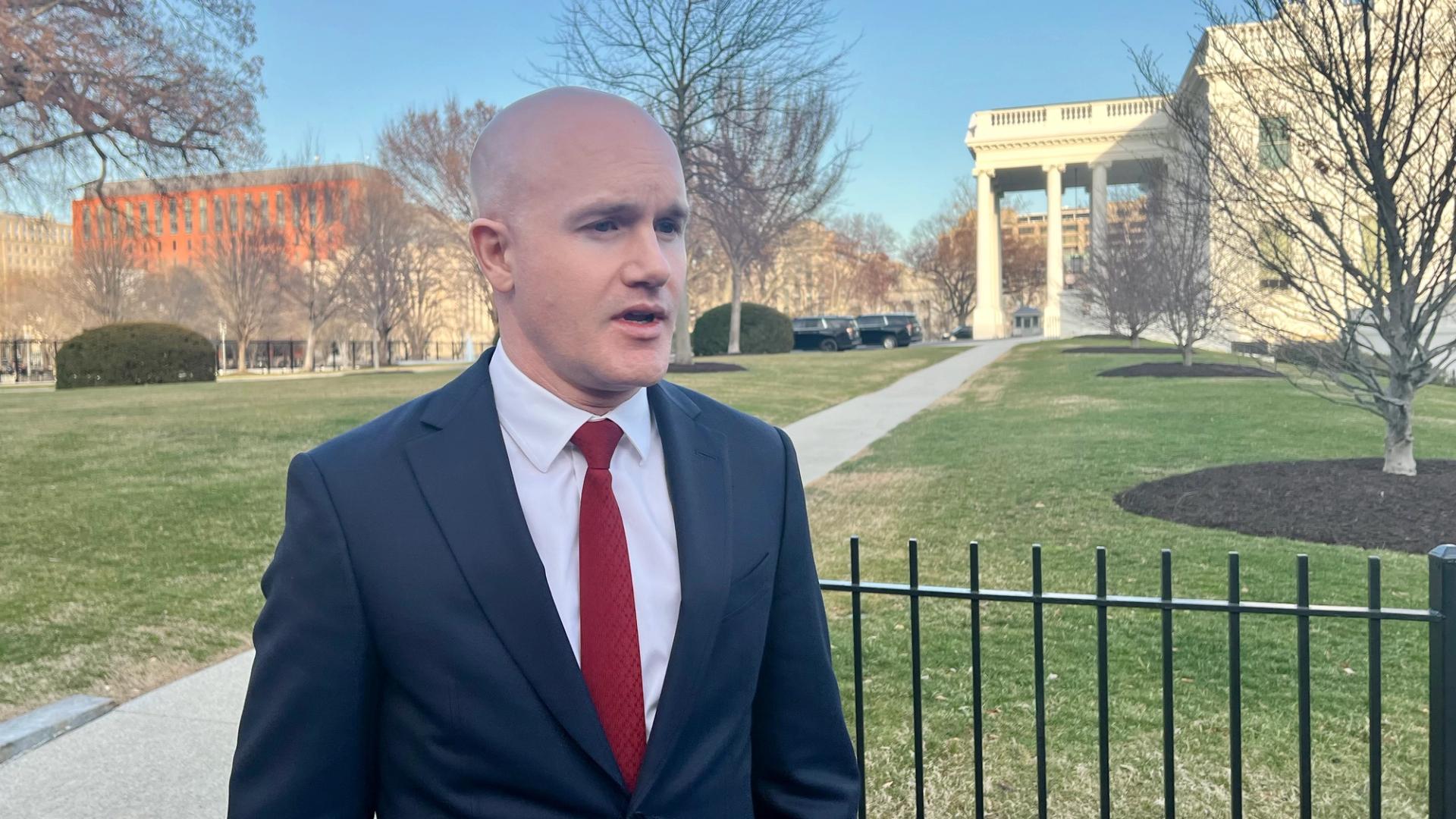I’ve heard the 4% rule is best for retirement savings but I’m questioning that
There are some people who get to retirement age without any money saved. But hopefully, that won’t be your situation. Rather, you’ll ideally get to retirement with a nice pile of cash in an IRA or 401(k). And from there, you’ll face a challenge — how to access the money you need to live […] The post I’ve heard the 4% rule is best for retirement savings but I’m questioning that appeared first on 24/7 Wall St..

Key Points
-
The 4% rule is a commonly savings withdrawal strategy.
-
Although it’s a good starting point, it may not work for you.
-
Your best bet is to sit down with a financial advisor and work together on a plan to manage your nest egg.
-
Are you ahead, or behind on retirement? SmartAsset’s free tool can match you with a financial advisor in minutes to help you answer that today. Each advisor has been carefully vetted, and must act in your best interests. Don’t waste another minute; get started by clicking here.(Sponsor)
There are some people who get to retirement age without any money saved. But hopefully, that won’t be your situation.
Rather, you’ll ideally get to retirement with a nice pile of cash in an IRA or 401(k). And from there, you’ll face a challenge — how to access the money you need to live comfortably without risking depleting your savings too quickly.
For a long time, financial experts encouraged savers to use the 4% rule when approaching nest egg withdrawals. But in this Reddit post, we have someone questioning the 4% rule. And they may be onto something.
How the 4% rule works
The 4% rule goes like this. Let’s say you start out with $2 million in retirement savings. You’d withdraw 4% your first year of retirement, or $80,000.
Then, the following year, you’d withdraw $80,000 plus give yourself enough of a raise to keep pace with inflation. So your second year withdrawal might amount to $81,000, or $82,500, depending on what inflation looks like.
Studies have shown that following the 4% rule could mean having a strong chance of your savings lasting 30 years. That window of time tends to suffice for people who retire at a traditional age — meaning, during their 60s.
There are of course outliers who wind up living longer and needing more years of income out of their nest eggs. But for the most part, the 4% rule is designed to work for the masses.
Problems with the 4% rule
It’s a good thing that the poster above is questioning the 4% rule, because it does have a number of flaws that could upend your retirement finances. For one thing, it assumes you’ll invest in stocks and bonds pretty evenly. But what if you don’t?
If you’re very risk-averse, you might end up with a retirement portfolio that’s 30% stocks and 70% bonds. A portfolio that size may not grow at a fast enough pace to allow for a 4% withdrawal rate.
Also, the 4% rule assumes you need 30 years of income out of your savings. But many people retire early — in their 50s or even younger. In cases like that, it may be necessary to stick with a much lower annual withdrawal rate.
Plus, the 4% rule assumes your spending needs will be relatively stable from year to year. But you may have periods during retirement when your income needs are higher.
Early on, you may want to travel while your health allows for it. Later on, you may need to fund long-term care or renovate your home to accommodate aging. You may want to adopt a withdrawal strategy that’s more flexible than the 4% rule.
How to figure out the best withdrawal rate
It’s not a bad idea to use the 4% rule as a starting point when trying to figure out how to manage your savings. From there, though, it’s a good idea to sit down with a qualified financial advisor and work together on a custom withdrawal strategy.
That strategy should account for your age at retirement, your life expectancy, your investment mix, and your goals. And you may come to the conclusion that it makes sense to withdraw 4% of your savings each year. But it’s important that you arrive at that decision because you’ve run the numbers for yourself, as opposed to following a general rule of thumb.
The post I’ve heard the 4% rule is best for retirement savings but I’m questioning that appeared first on 24/7 Wall St..




















